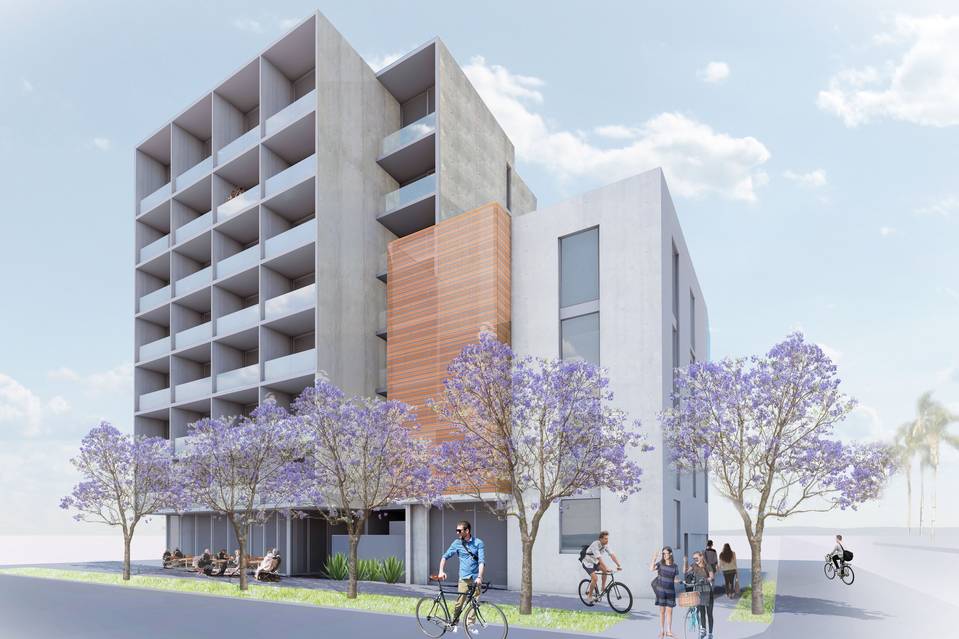From the Wall Street Journal: More Developers Kick Parking Lots to the Curb
Bad news for car owners: Developers in more U.S. cities are reducing the amount of parking spaces included in new projects as local authorities seek to encourage the use of mass transit and free up space for parks, housing or other uses.
In San Diego’s Little Italy neighborhood, architecture and development company Jonathan Segal FAIA ruffled feathers of nearby residents after it revealed plans to build an eight-story, 35-unit apartment complex with no parking spaces. Without the added costs of a garage, the studio units of around 400 square feet apiece would be more affordable, the firm said.

“It’s the future. There’s a strong demand for people who want to rent units that are efficient,” said developer Jonathan Segal, noting that digging underground parking lots for the building would drive up costs and take away space that could be used for more housing.













This makes total sense if alternative transit options are available nearby and parking on the road is enforced and very expensive.
If you look at Europe which had affordability problems 200+ years ago when many folks moved to cities from the farms, before they had cars, there was no space for cars under or even nearby. Because they also hadn’t invented the elevator yet they built dense neighborhoods with up to 6 or 7 stories, with small units. That is what you see in Berlin, Paris, London, Madrid today. The most desirable floor was the second floor, often with slightly higher ceilings, as no one could look in, tough to break in and nice view, and almost no stairs to climb.
This here concept is a modern spin on it.